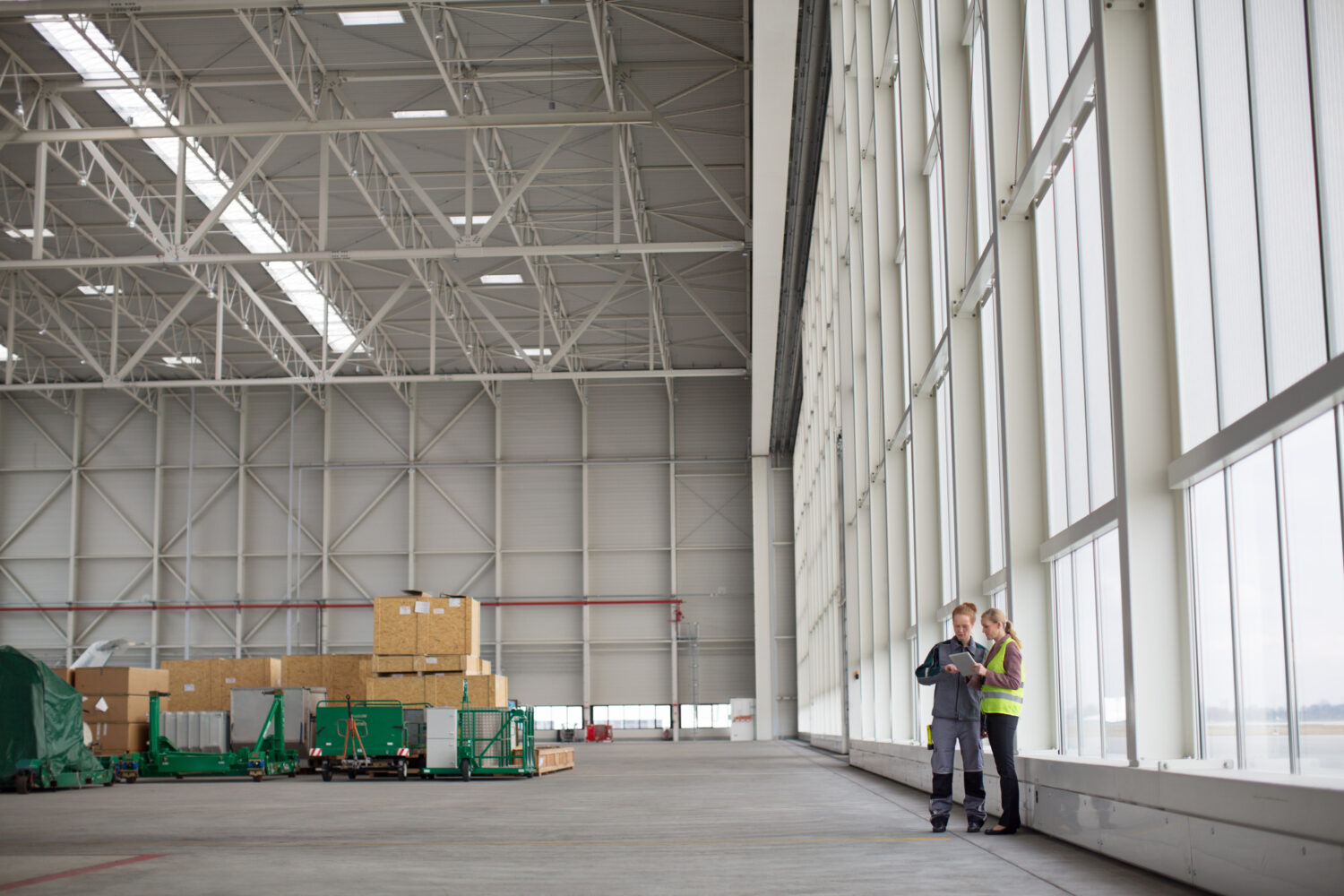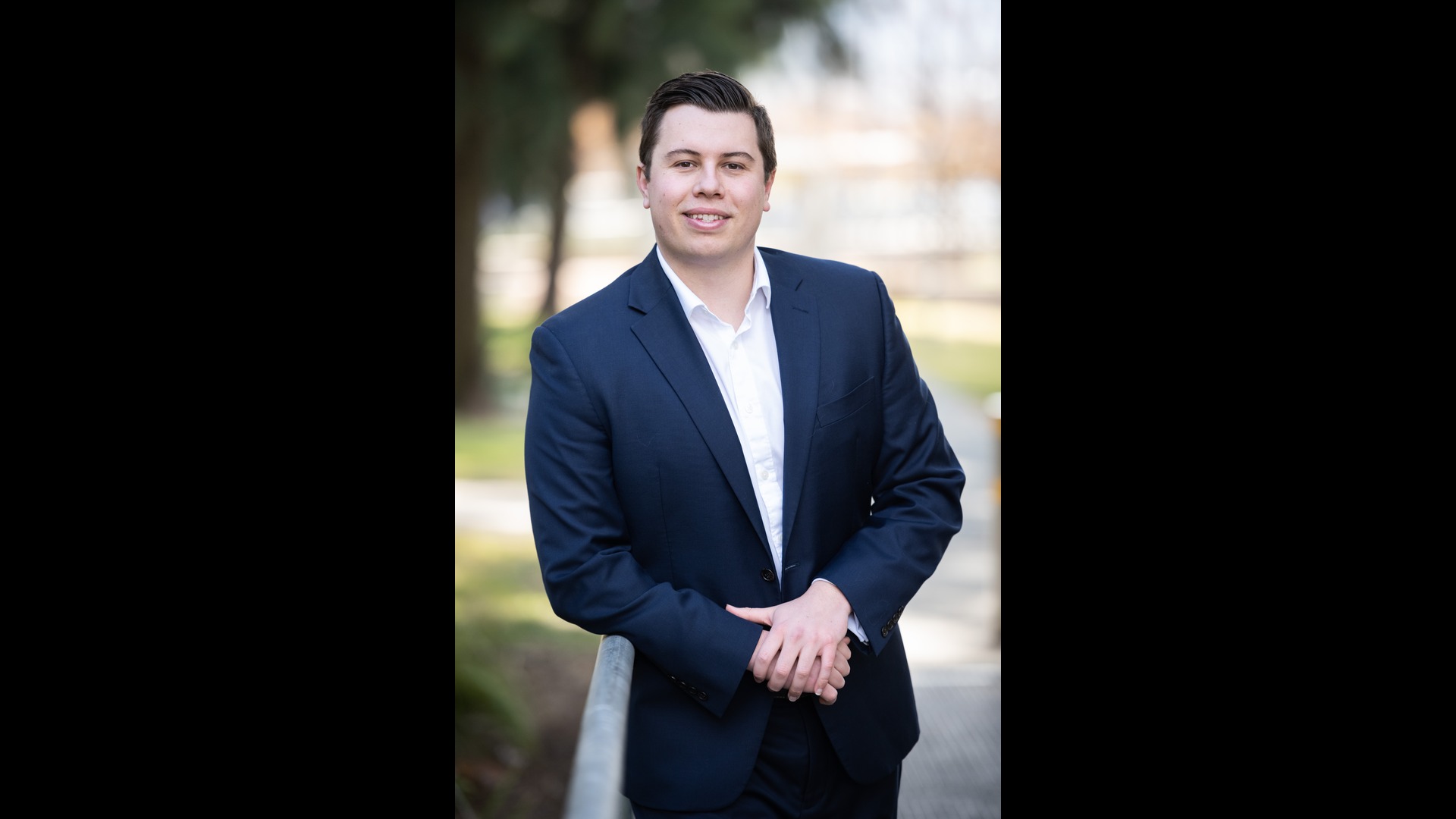Multi Family accommodation is a significant investment class in the US, Europe and the UK and is poised to make its entry into Australia. Is Australia ready for it, what forces is it up against and what models will likely emerge in Australia ? Multi Family accommodation is a broad term to cover the mid to long term ownership of residential assets (typically in single or multiple buildings) by institutions investors to derive income and capital growth returns. Institutional ownership of residential assets in Australia already exists at either end of the demographic spread, ie aged care, retirement as well as student accommodation, however there has been a reluctance among local institutions to participate in the mass market. Feedback from asset consultants suggest most local institutions feel that as most of their members already hold residential investments in their own name either as owner occupiers or direct investors, they prefer diversification of investment into other asset classes and therefore back away from residential investment. There are however a few forces starting to generate support for long term ownership of residential assets in Australia. 1. Move toward Mixed Use Asset classes – Each of our major shopping centre landlords (incl Stockland, Westfiled and AMP Capital) are considering adding apartments above existing shopping centres. These owners will be reluctant to sell those apartments spaces and lose control of their centres’ future capacity and are currently looking at options to hold the residential apartments as part of their long term asset strategy. 2. Increasing Appetite from Offshore Capital – Driven by “lower for longer” core property yields, lower bond yields and a flagging equities market, several large scale US and European investors are considering an investment in multi family sector in Australia. 3. Generation Renters – Research by AHURI reveals that around two million Australians now rent their homes, a figure that has almost doubled in the past 30 years. With the high cost of home ownership, there is an increasing acceptance by young people / professionals that home ownership is either not worth pursing (because of a more mobile global society) or not attainable (due to supply constraints, affordability constraints or location preferences) and as such long term residential tenancy will become a necessary form of tenure by an increasing number of people. Multi Family apartments with suitable amenities may become a highly desirable place to live. Returns ? But can an investment in a Multi Family sector produce a sufficient return when residential yields are so low? Current models show that standard residential investment can deliver individual investors a 4% gross yield and 3% net yield. The Multi Family investor can however improve this through scale and lower cost. Current Multi Family models indicate that development projects can deliver to a single institutional owner a gross income yield of circa 5.5% pa and a net yield of circa 4.0%. Assuming a long term capital growth of 8%pa, a total ungeared return of 12% pa is possible. This return compares to the a 5 year average total return for Australian wholesale property funds of 9.6% and a distribution yield of 5.5% (Source: Mercer IPD Index) Historically, institutions favour office, industrial and retail assets due to the profile of the tenant base – ie large scale companies with stable cash flows, expensive, multi year leases whereas residential tenancies have appeared to be more unpredictable. Yet in Australia’s capital cities, changes in supply can easily establish above average vacancy rates, dampen rental growth and push up tenant incentives which combine to reduce investment performance. By contrast, residential markets in Australia are deep and supported by natural and migrant population growth. In this environment, the prospect of excessive vacancy or subdued rental growth are less likely. The investment case for Multi Family sector is strong. My next post will focus on what is holding back investment in the multi family space, what will be the critical success factors and what model will likely emerge first in Australia. If you want to participate in the Multi Family discussion, join the Multi Family Sector Australia Linked in Group.



